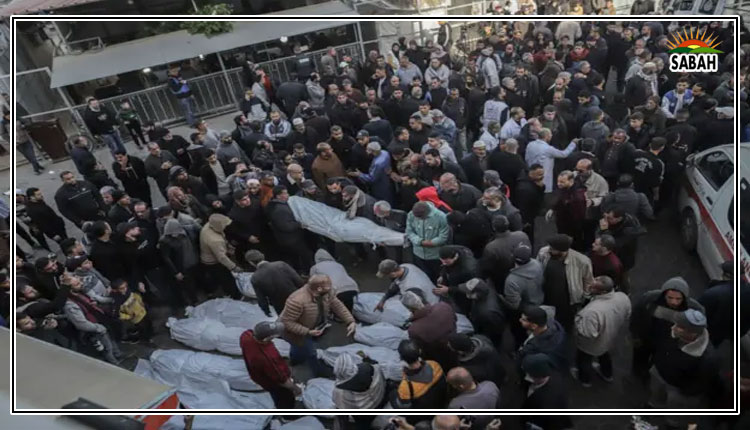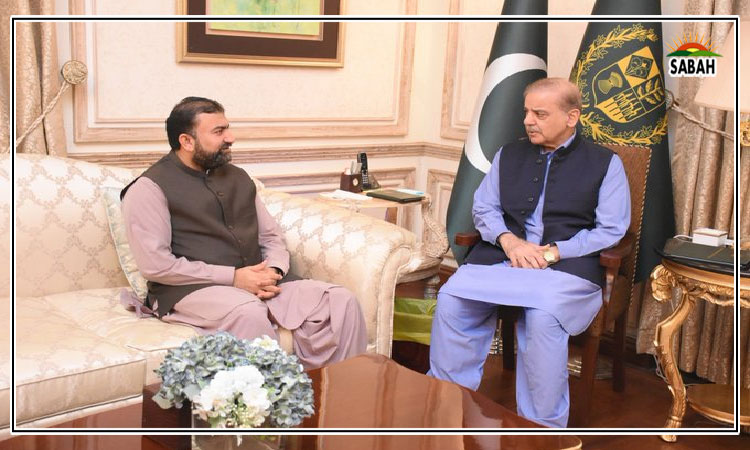Conflict and women … Mohammad Ali Babakhel
WHILE conflicts and violence directly and indirectly impact everyone, girls and women are invariably the most vulnerable and worst affected. According to a study, nearly 90 million girls live in conflict zones worldwide, with negative consequences for their education, health, and well-being. From experiencing forced displacement to being denied appropriate healthcare to facing gender-based violence and child marriages, women pay disproportionately for wars started and waged by men.
Traditionally, men are expected to fight in conflicts while women are forced to flee and are usually left with no option but to leave for their native towns. According to UNHCR, out of the 80m people displaced worldwide, half are women and children. Conflicts also destroy a country’s health infrastructure; hospitals are bombed, and health workers are overburdened and understaffed. Since women have specific health needs, it is challenging to meet them when they are displaced. This results from limited availability of services and facilities, the stigma attached to sexual and reproductive health, etc. Studies show that displaced pregnant women receive less antenatal care and are “more exposed to violence, malnutrition, poor hygiene conditions” than those who are not.
Many may die from pregnancy and childbirth complications. According to UN Women, 60 per cent of preventable maternal deaths occur globally in “fragile settings where political conflict, displacement, and natural disasters prevail”. According to a UNFPA report for 2021, in Yemen, a woman dies in childbirth every two hours, on average, due to poor health facilities. Over 1m pregnant and breastfeeding women there are said to be malnourished.
Sexual violence has long been a war tactic. In 2020, the UN confirmed 2,500 cases of sexual violence in 18 countries, mostly against women. In such situations, women may experience “all three forms of gender-based violence … psychological, physical, and sexual abuse”. Due to growing instability and poverty, and the weakening of the rule of law, conflict situations turn conducive to domestic violence and human trafficking. Displacement increases the risk of women facing GBV, as it separates them from their communities that might otherwise protect them. Displaced girls in camps may also attract the attention of traffickers.
Women are often left out in peace negotiations.
Conflicts disrupt economic progress and often create more poverty and hunger. Such situations encourage child marriages, as families are either desperately looking for additional income or to have one less mouth to feed. According to Save the Children, girls affected by conflicts are 20pc more likely to be married than those living in peaceful areas. Its report says that girls in “East Asia and the Pacific, Latin America and the Caribbean, and South Asia face the highest risk of child marriage linked to conflict”. West and Central Africa, a region wracked by conflict and poverty, has the highest rates of child marriage globally. In a few conflict-affected countries, like Chad or the Central African Republic, child marriage was shown to be three times higher than the world average.
Women are often left out in peace negotiations; hence, conflict prevention remains male-dominated. Conflict, therefore, not only affects women but denies them opportunities to have a say in matters that directly affect them. After the adoption of Resolution 1325 by the UN Security Council, globally, there has been a growing interest in including women in conflict resolution and peace talks, with representation increasing from 1pc in 1999 to 9pc in 2011. According to UN Women, between 1992 and 2019, women represented, on average, 13pc of all negotiators, 6pc of mediators, and 6pc of signatories in significant peace processes worldwide. However, seven of every 10 peace processes did not include women mediators or signatories. According to UN Women, in 2020, women were represented in only 23pc of the delegations in UN-supported peace processes. “In countries affected by or rebuilding from conflict, women’s representation in elected office stood at just 19pc in 2020”.
With funds’ availability, the issues women face in conflicts can be tackled. Since 2016, the Women’s Peace and Humanitarian Fund has mobilised over $100m and financed more than 600 women’s CSO’s in conflicted-affected areas.
Safeguarding the interests of women during conflicts requires “breaking silos between humanitarian, peace, security, and development finance by investing in enhancing women’s engagement, leadership, and empowerment across all phases of the crisis”. However, such ideals cannot be converted into reality without the international community’s collective efforts in this direction.
The writer is the author of Pakistan: In Between Extremism and Peace.
Twitter: @alibabakhel
Courtesy Dawn, October 24th, 2023












